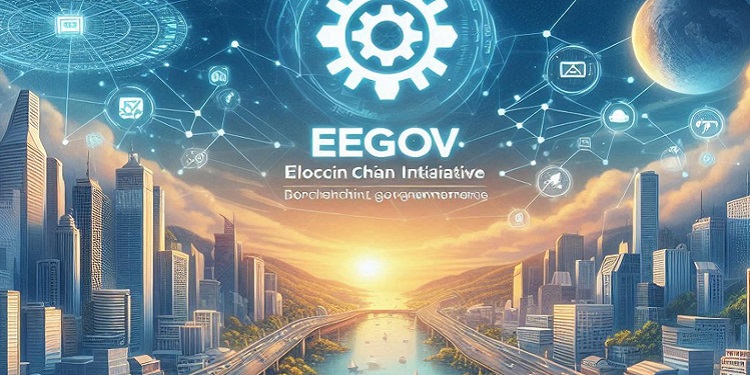During the inaugural day of the National ICT Summit, David Almirol, Undersecretary of the Department of Information and Communications Technology (DICT), discussed the eGOVchain initiative, highlighting its goal of creating a more efficient, transparent, and paperless system to streamline government processes. This initiative aims to modernize government operations by leveraging blockchain technology, enhancing efficiency and transparency while potentially minimizing bureaucratic delays and corruption.
Understanding eGOVchain
Almirol elaborated that eGOVchain seeks to secure and make government transactions transparent by using at least three nodes. This initiative utilizes decentralized, distributed ledger technology to ensure the security of government transactions. Unlike blockchain applications in Web3, eGOVchain is dedicated exclusively to data management across various government agencies.
Key Features of eGOVchain
The decentralized ledger system employed by eGOVchain allows for secure government transactions. Data saved within the system is encrypted and must pass through three security layers, ensuring it is stored in three different locations for enhanced resilience. This multilayered security approach aims to significantly improve transparency and accountability within government operations. Additionally, it provides robust security against hacking and data alteration, thereby reducing the potential for fraud.
Despite these advancements, Almirol pointed out that with only one active node, the system does not yet fully qualify as a blockchain. However, he emphasized that the current setup is a step towards achieving a resilient and secure e-governance framework. The system aims not only to automate government processes but also to simplify and secure the management of information. By ensuring that data is maintained by respective government agencies, the system allows these agencies to retain control over their own data, thereby addressing concerns about centralized data control.
Future Developments and Goals
The DICT has ambitious plans for the future of eGOVchain. By the end of the year, the department aims to establish a second node with support from the private sector. Furthermore, a third node is planned to be operational by 2025. These additional nodes are crucial for the full implementation of blockchain technology within the government’s data management system.
The establishment of additional nodes will enhance the system’s decentralization and security, making it a true blockchain network. This expansion is expected to bolster the system’s resilience and further improve the transparency and accountability of government transactions. Almirol’s vision for eGOVchain reflects a broader commitment to modernizing government operations through innovative technologies. By creating a secure and efficient system for managing government data, eGOVchain has the potential to significantly reduce bureaucratic inefficiencies and combat corruption.
Implications for the Future
The eGOVchain initiative represents a significant step towards the digital transformation of government operations in the Philippines. By leveraging blockchain technology, the government aims to create a more transparent and efficient system that can better serve its citizens. The success of this initiative could set a precedent for other countries looking to modernize their own government processes. As the DICT continues to develop and expand the eGOVchain system, it will be important to monitor its progress and assess its impact on government operations and public trust.
In conclusion, the eGOVchain initiative, as outlined by David Almirol at the National ICT Summit, marks a significant move towards the modernization of government processes in the Philippines. By harnessing the power of blockchain technology, the initiative aims to create a more efficient, transparent, and secure system for managing government data. With plans for further expansion and development, eGOVchain has the potential to transform the way government operates, reducing inefficiencies and enhancing trust in public institutions.
This article was originally published by a www.cointrust.com . Read the Original article here. .

